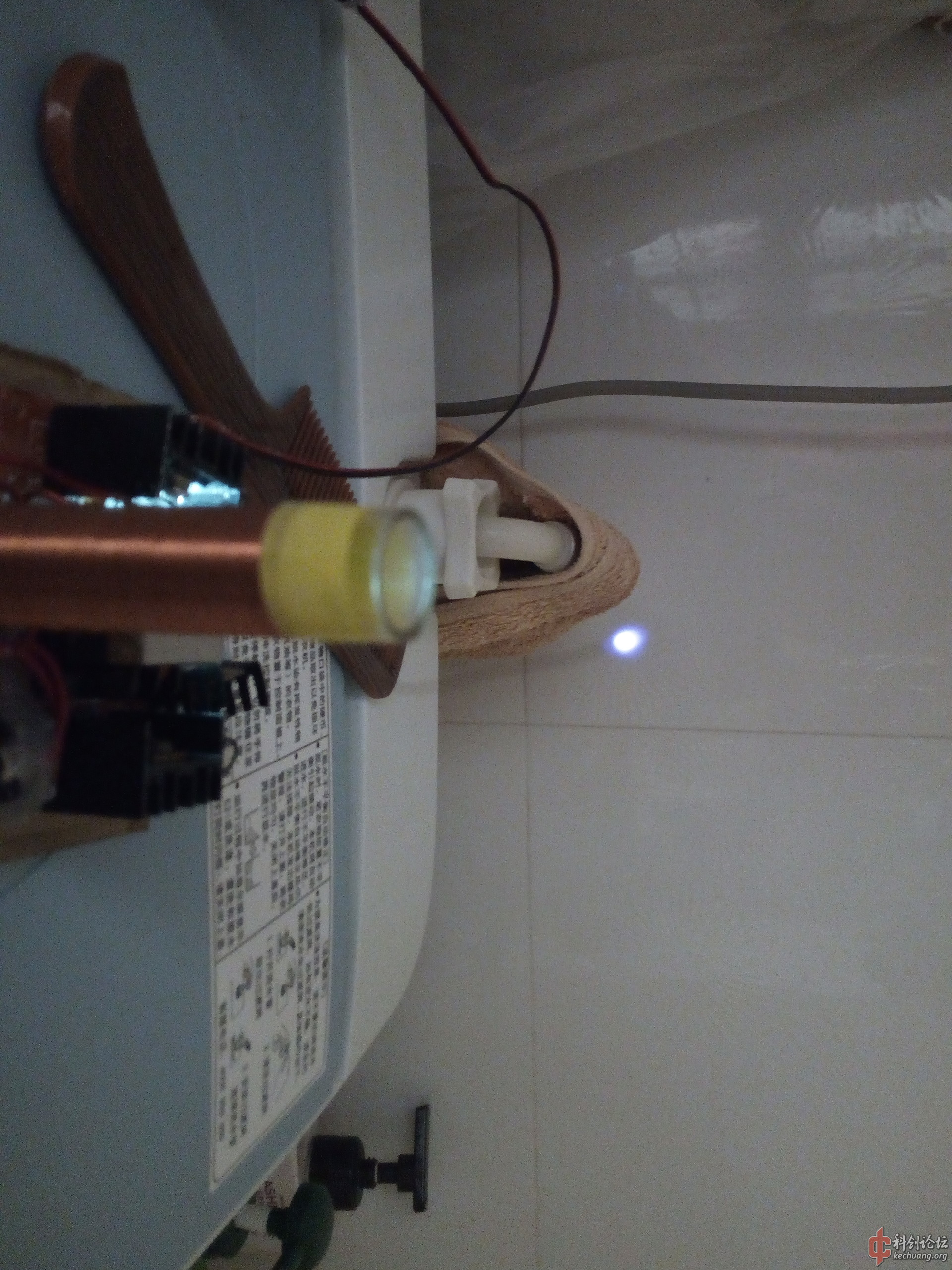
(
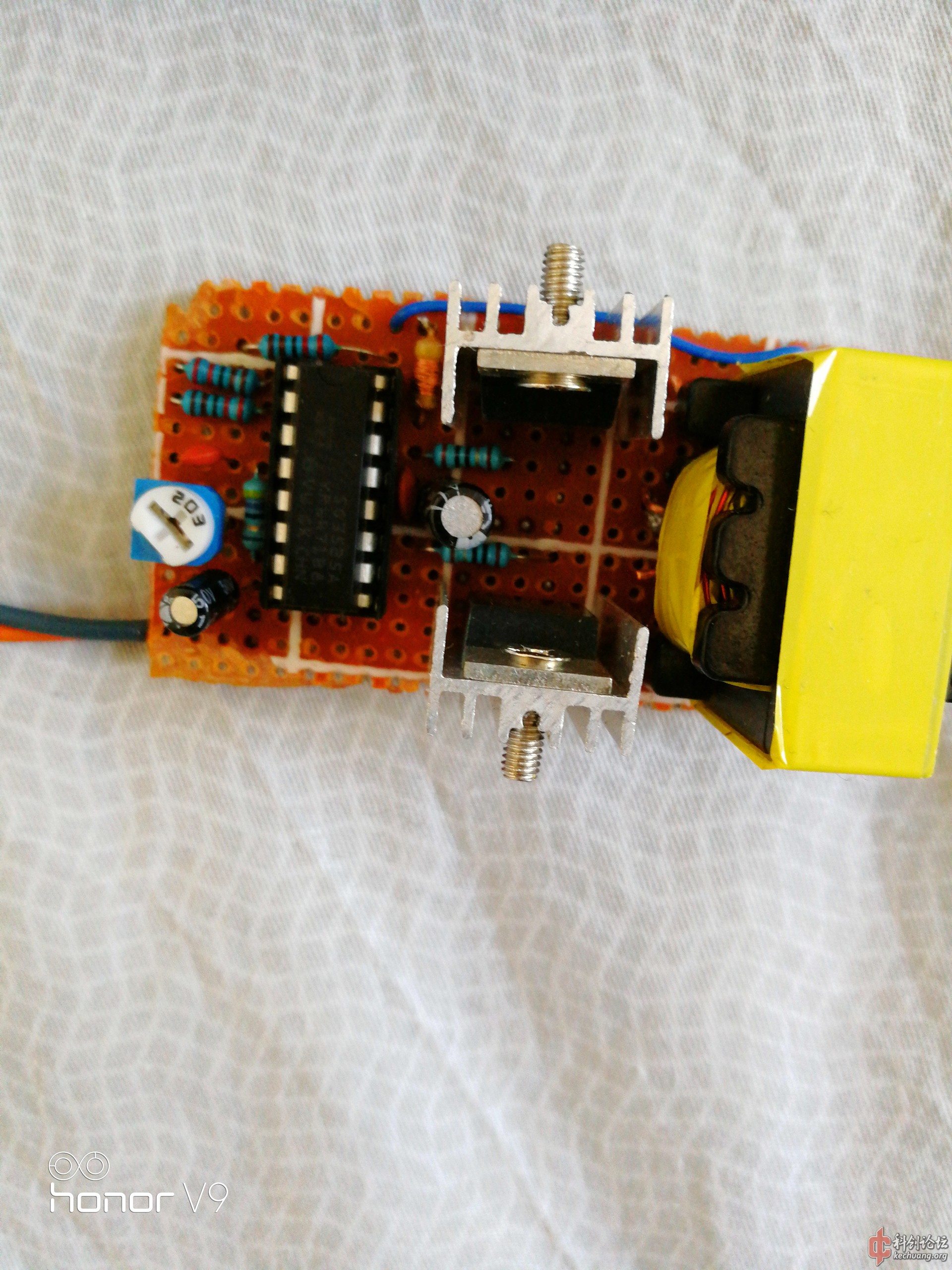

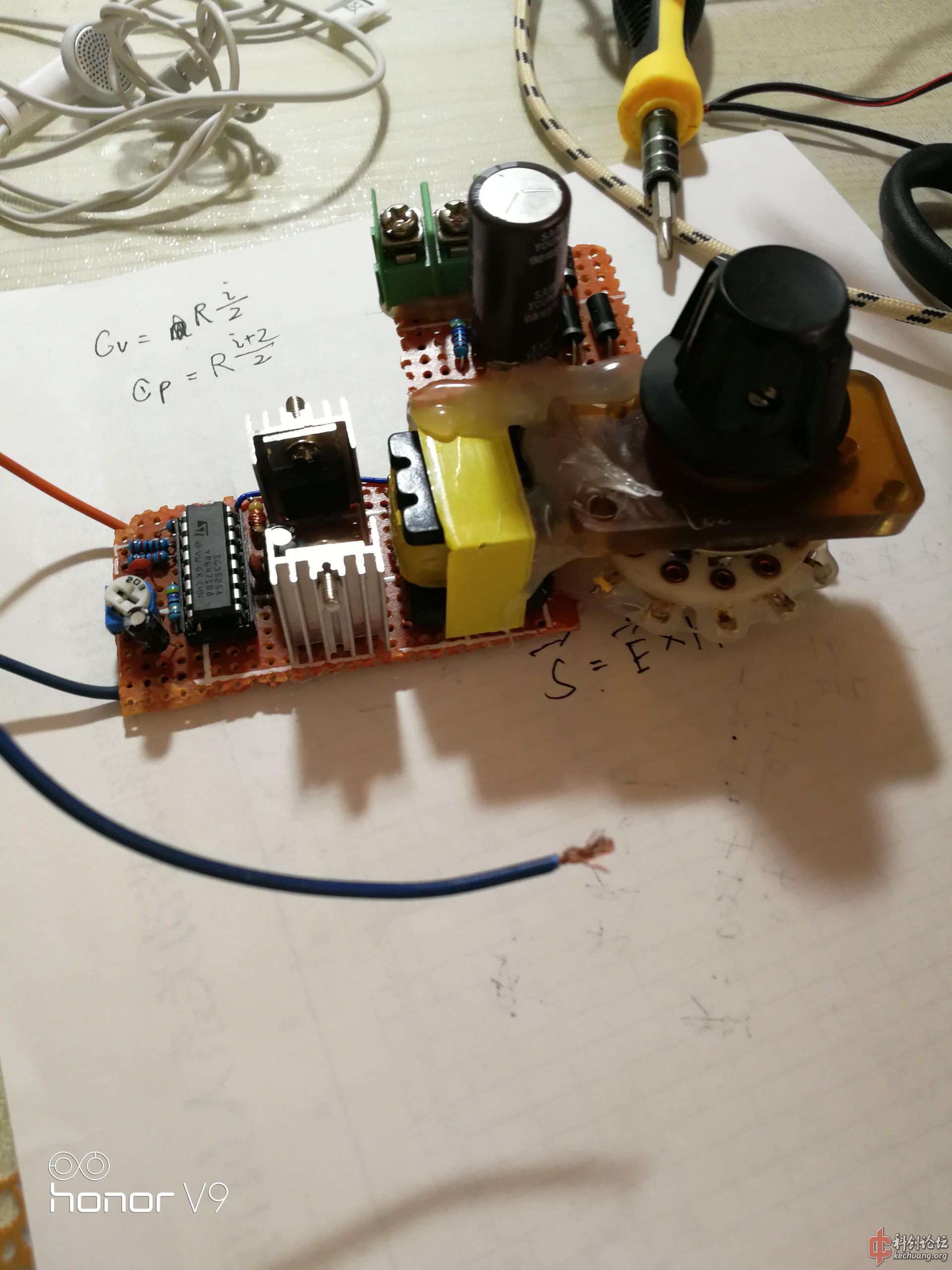
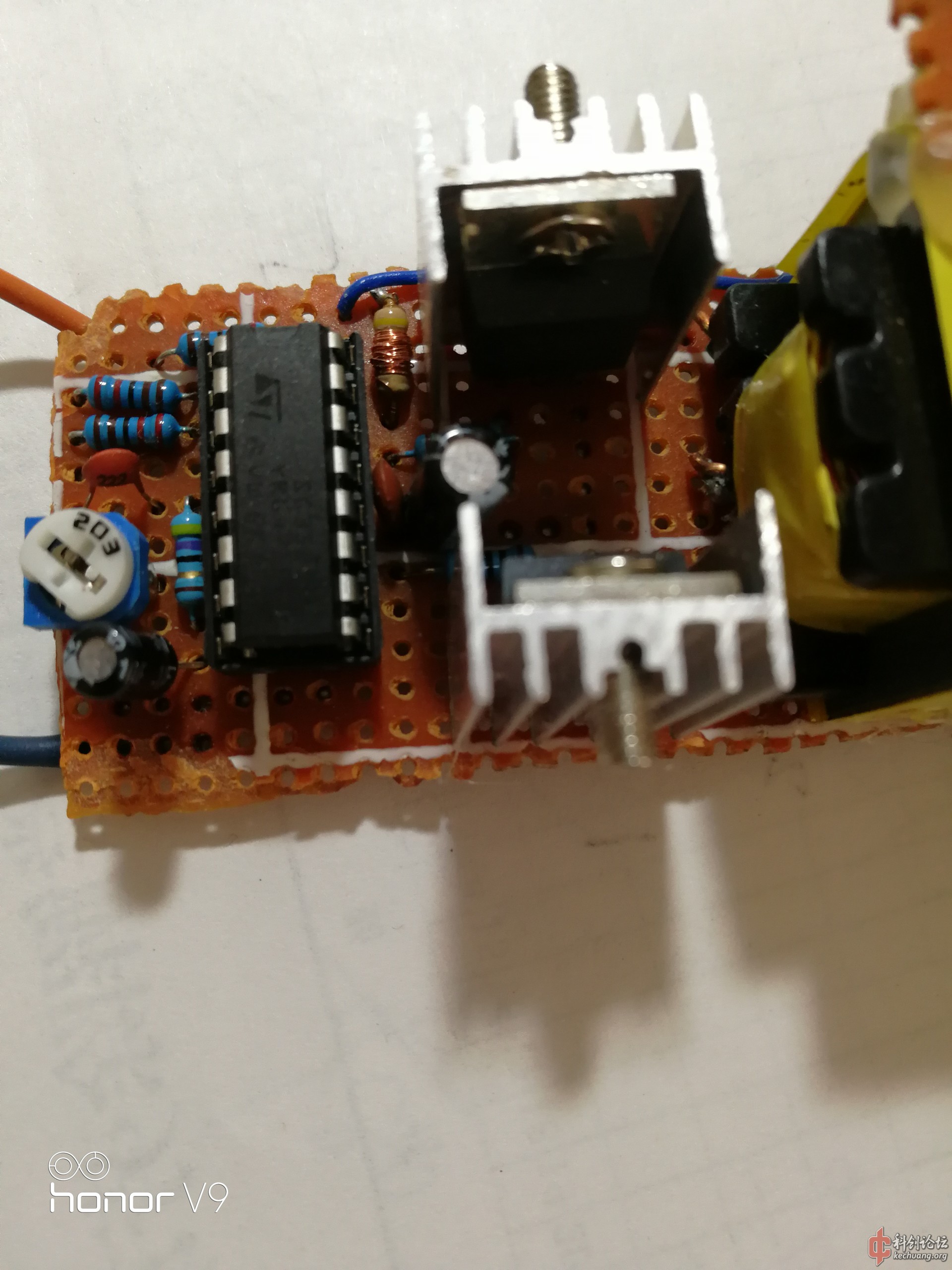
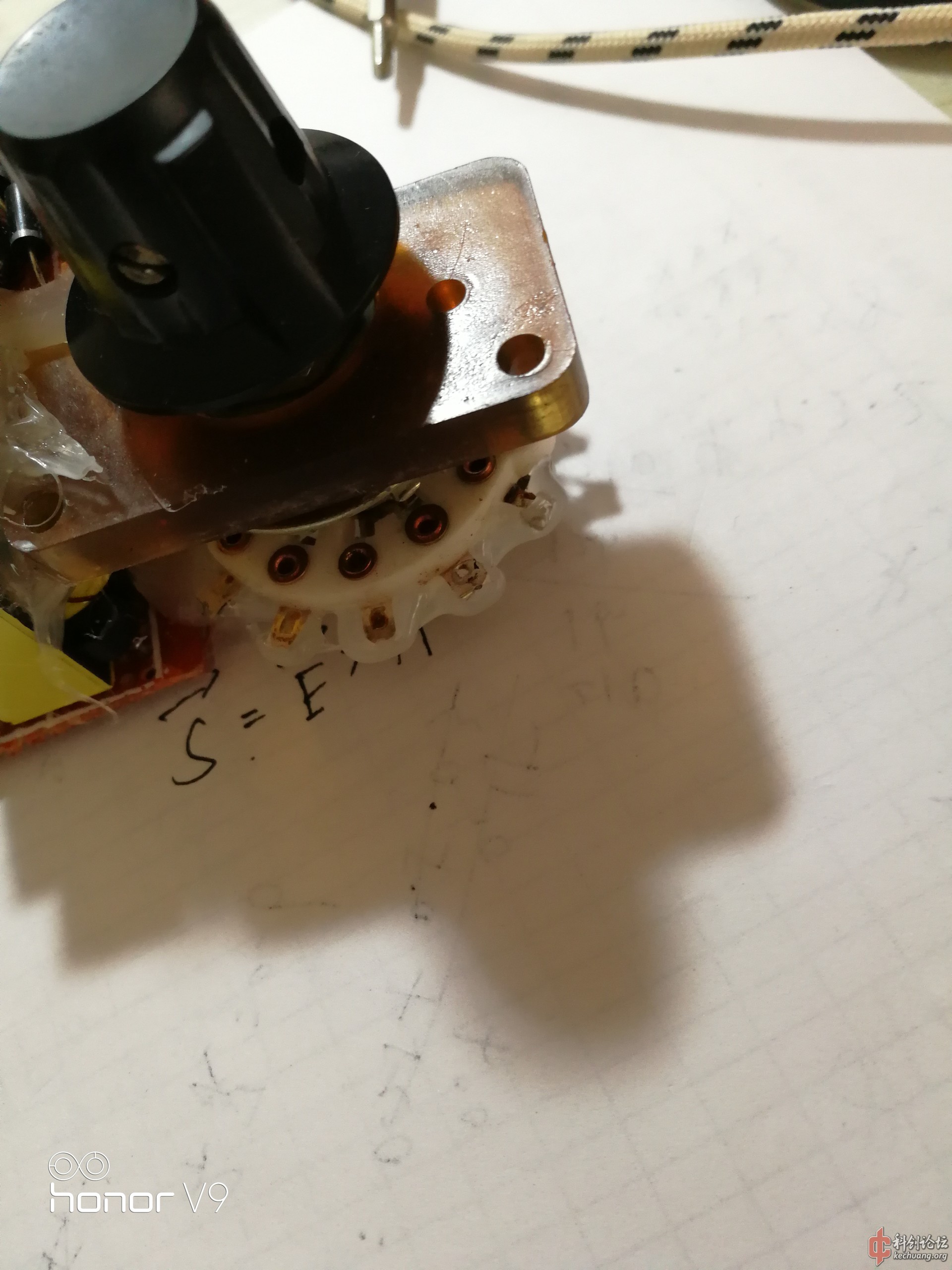
这个电路只能算权宜之计。一直想有一个12V供电,可以从几十伏调到200V,电流在0.5安及以上的可调电源(家长不让用调压器,)但是感觉这样的电路不太好做啊,BOOST升压似乎达不到太高,推挽用深度闭环据说效率低,做过一个的确如此。不知道大家有没有好一点的方法?
于是弄了个开环,带抽头的推挽电路,功率有几十瓦吧,那个分线器用来调电压(话说是从一个比我都大的东西上拆下来的),用来搞一些电子管收音机,小的SSTC还可以吧,滤波电容小了,一直对大电容有些恐惧……
欢迎大家提出想法,吐槽也好
[修改于 6年8个月前 - 2018/04/09 12:43:57]
引用 223388:升压比高的时候,耦合电感式的boost和反激没有明显区别……
200字以内,仅用于支线交流,主线讨论请采用回复功能。
耦合电感boost参考文章:Tseng K C,Liang T J.Novel high-efficiency step-up converter[J] IEE Proceedings of Electric Power Applications,2004,151(2):182-190.
文中耦合电感boost拓扑图:

摘自上文Conclusions: This paper has presented the topology principle and experimental results for a novel high efficiency, high stepup coupled inductor boost-flyback converter. The operation of the proposed converter is similar to that of the active clamp flyback converter; thus the leakage energy is recovered to the output terminal and the switch voltage stress is significantly reduced. The coupled inductor technique employed to achieve the high step-up voltage gain has been investigated and verified. Comparisons are made between the proposed topology and the conventional boost topology. The conversion efficiency is improved with high step-up voltage gain for low power applications. Computer simulation and experimental results have verified the predictions of the mathematical modelling; the mathematical medelling agrees closely with the experimental results. The features of this converter include high efficiency, high voltage gain, low voltage stress on the switching element and simplicity of design.
以下为个人理解:
1、耦合电感作为反激拓扑的变形。与boost相比,耦合电感boost缺点就是输出二极管D2承受的电压应力比输出电压高,当然反激也有这个问题。 2、耦合电感也可以成为正激拓扑的变形,本人没有研究,望大牛补充。 水平有限,个人见解。如有不对请指正。
200字以内,仅用于支线交流,主线讨论请采用回复功能。
引用 223388:原来耦合式boost是这样的
那请问下图这种结构有啥叫法没

200字以内,仅用于支线交流,主线讨论请采用回复功能。